Why Does Olive Oil Turn Bright Green?
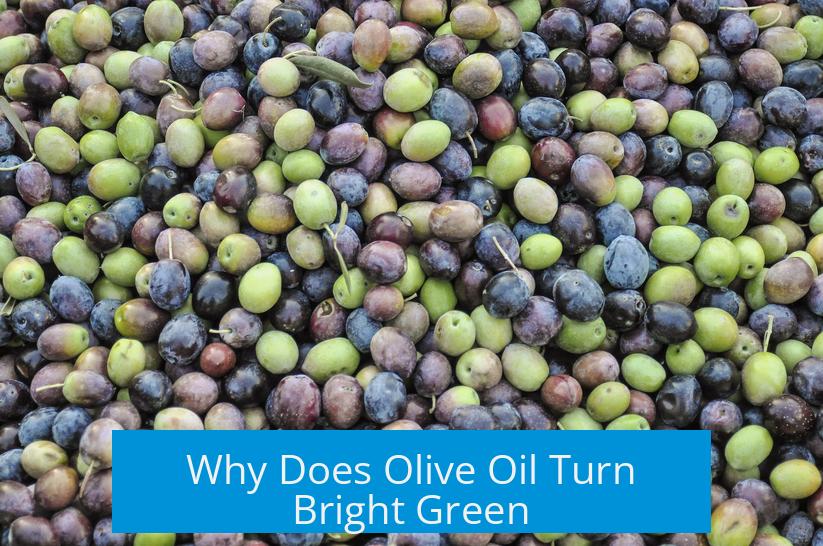
Olive oil turns bright green primarily due to chemical reactions involving free fatty acids and chlorophyll when exposed to heat and certain metals. This phenomenon often occurs during cooking, especially frying, and may also involve factors like olive oil quality, acidity, and food ingredients.
1. Causes of Bright Green Color in Olive Oil
1.1 Reaction with Metals (Tin or Copper)
One common cause is the interaction between olive oil and metals such as tin or copper during heating. Historically, olive oil transported or stored in tin-coated containers sometimes developed a green color due to catalyzed chemical reactions in acidic environments.
- Tin catalyzes the reduction of free fatty acids in olive oil, especially in acidic conditions, which may make the fatty acids colorless and allow chlorophyll’s green color to dominate.
- Copper or copper alloy utensils, like scoop baskets, can leach metals into the oil when heated, causing a bright green hue.
- This reaction typically involves the reduction of fatty acids and enhanced visibility of chlorophyll pigments that are naturally green.
Heat accelerates these metal-induced reactions, influencing olive oil’s color change more rapidly.
1.2 Oil Quality Issues: Dilution, Rancidity, and Adulteration
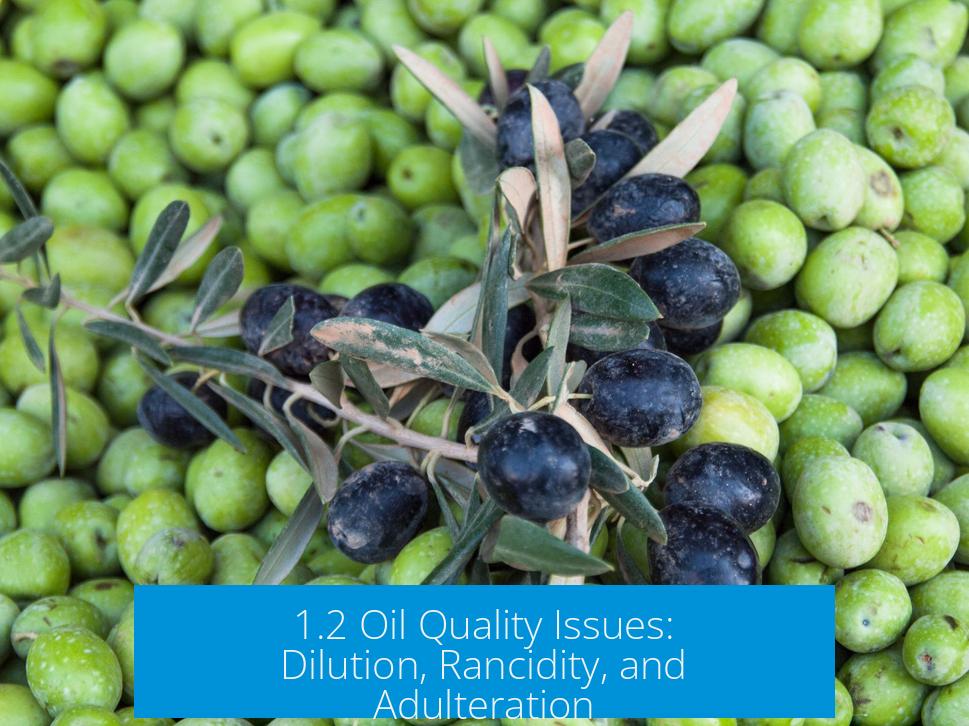
Quality and purity of olive oil also affect its color, especially during cooking.
- Poor quality extra virgin olive oil (EVOO) may be diluted with cheaper cooking oils, and added coloring or flavoring agents can change color when heated.
- Rancid olive oil, which has undergone oxidation and spoilage, may display unusual colors and bitterness. Heating rancid oil can intensify color changes.
- Adulteration with seed oils, often imported cheaply and labeled as EVOO, can result in unexpected color reactions during cooking.
1.3 Influence of Food Ingredients
Ingredients cooked with the olive oil can also contribute to the green color.
- Food components like onion leaves or other green vegetables may release chlorophyll or pigments into the oil, producing a green hue.
- The oil can absorb natural flavors and colors from the food, modifying its appearance.
1.4 Acidity and pH Changes
Acidity plays a key role in olive oil discoloration.
- Food ingredients that lower the pH during cooking create an acidic environment that promotes chemical reactions leading to green coloration.
- Dumplings or other acidic ingredients can acidify the oil and contribute to color changes.
2. Chemical and Physical Explanations for Color Change
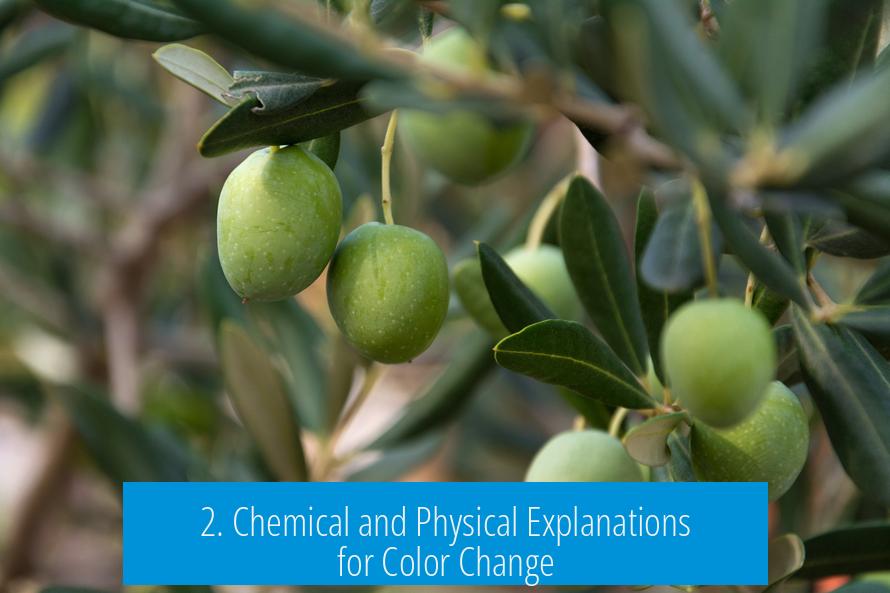
2.1 Free Fatty Acids and Chlorophyll Interaction
The main pigment in olive oil that causes green color is chlorophyll. When free fatty acids in the oil are chemically reduced, they become less visible. This reduction uncovers the chlorophyll color, making the oil appear bright green.
- Free fatty acids, which are colorless or subtle in hue, usually mask chlorophyll.
- Upon reduction or chemical alteration, these acids lose their color contribution, leaving chlorophyll dominant.
- Heat and acidic conditions promote this fatty acid reduction.
2.2 Porphyrins as Olive Oil Quality Indicators
Porphyrins are chemical compounds in olive oil that can indicate oil quality. They fluoresce red under certain light and signal the presence of chlorophyll derivatives.
- High quality EVOO shows strong porphyrin fluorescence.
- Changes in production or storage affecting porphyrins also impact olive oil’s color and stability.
3. Practical Considerations and Warnings
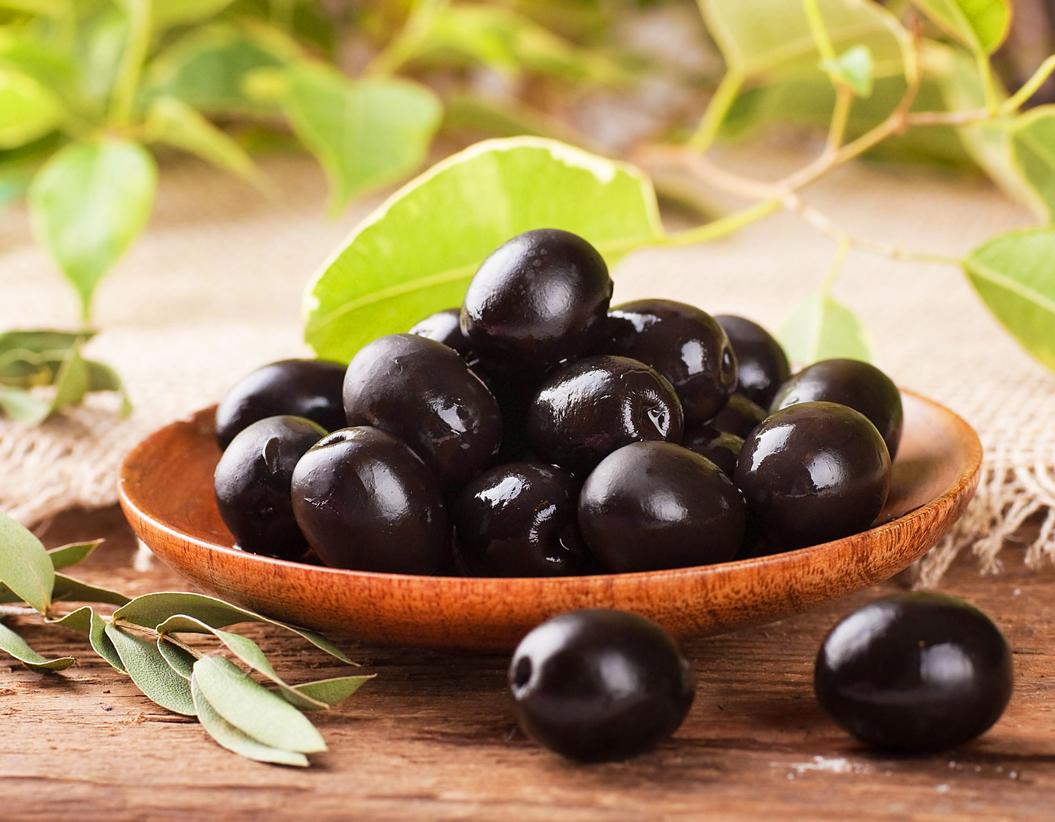
3.1 Extra Virgin Olive Oil (EVOO) and Frying
Using EVOO for frying is generally not advisable due to chemical changes at high temperatures.
- EVOO contains plant compounds that burn or react badly when heated to frying temperatures, altering taste and color.
- These compounds degrade, reducing health benefits and making the oil bitter or greenish.
- Alternatives like sunflower or rapeseed oil have higher smoke points and better heat stability.
- Many culinary experts discourage deep frying with EVOO as it damages oil quality and food flavor.
3.2 Economic and Quality Impacts
Frying with EVOO is a waste of resources.
- EVOO is expensive compared to other oils better suited for heating.
- Poor harvests have affected EVOO availability; using it for frying reduces its value.
- Preserving EVOO for cold use or low-heat cooking maximizes cost effectiveness.
3.3 Cultural and Regional Practices
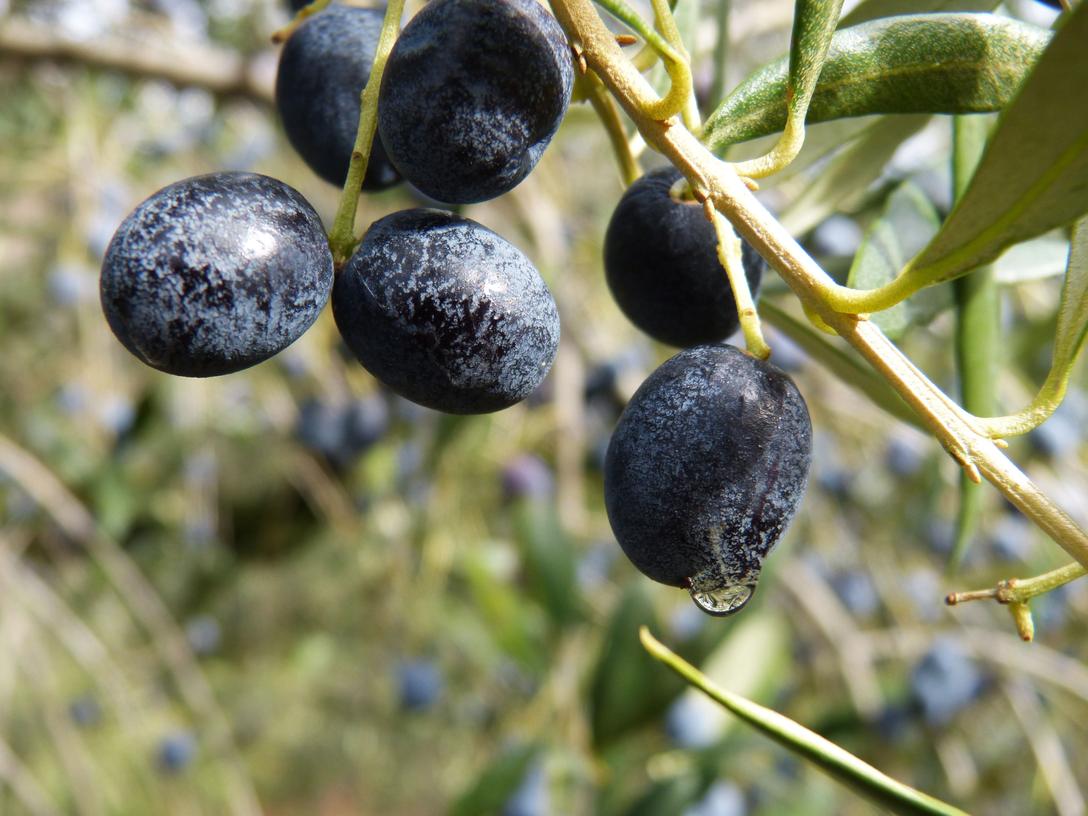
Some Mediterranean regions, including Greece, utilize EVOO for various cooking methods, but traditional deep frying with EVOO remains uncommon due to taste and oil behavior.
- Cultural practices vary; however, most agree that frying with EVOO is suboptimal.
- Common advice recommends oils with higher smoke points for deep frying, even in countries with extensive olive oil production.
4. Anecdotal Observations and Miscellaneous Notes
Several informal observations highlight the occurrence and peculiarities of olive oil turning bright green.
- Freshly produced village olive oil stored in glass sometimes develops a bright green color after time, possibly due to storage conditions or slight chemical changes.
- Humorous descriptions liken green oil’s appearance to pop culture references.
- Using olive oil for frying may produce unexpected colors and tastes not typical for fresh, raw olive oil.
Summary: Key Takeaways
- Olive oil turns bright green mainly due to chemical interactions between free fatty acids and chlorophyll when heated, especially in acidic conditions or in the presence of metals like tin or copper.
- Low EVOO quality, rancidity, or oil adulteration can exacerbate color changes during cooking.
- Food ingredients such as onions may contribute pigments that enhance green coloration.
- EVOO is generally unsuitable for frying because heat breaks down its compounds, changing flavor and color.
- Frying with EVOO, especially deep frying, is economically inefficient and chemically unfavorable.
- Porphyrin content and chlorophyll largely determine the green color and serve as indicators of oil quality.
- Metal containers or cooking utensils catalyze reactions causing green hues in olive oil.
Why Does Olive Oil Turn Bright Green? The Unseen Science Behind the Hue
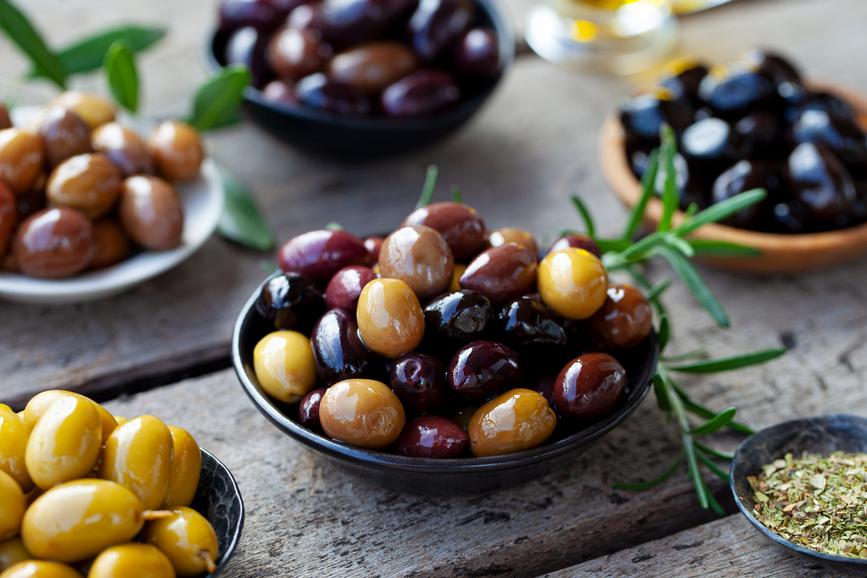
Olive oil turns bright green mainly due to its reaction with metals like tin or copper, especially under heat or acidic conditions. But wait, that’s just the tip of the avocado, err… olive, so stick around as we squeeze out the interesting facts behind this color twist.
Ever noticed how your once golden olive oil suddenly turns a vivid green when cooking or storing? It’s not a witch’s potion gone wrong or a sign of some weird magic. Nope! The real roots—pun intended—are chemical and physical reactions combined with quality factors.
The Metal Tango: When Tin and Copper Meet Olive Oil
Here’s the scoop: tin and copper play starring roles in turning your olive oil bright green. Sixty years ago, when oil was often shipped in tin-coated steel cans, folks noticed this green phenomenon. What’s happening is a chemical reaction where tin catalyzes the reduction of free fatty acids in an acidic environment. Result? Those fatty acids turn colorless, leaving chlorophyll—the green pigment in olives—to dominate the scene.
Think of it as the metals stealing the spotlight from the usual golden tones, letting green shine. A similar show unfolds when you cook using pans or utensils made of carbon steel (usually tin-coated) or copper alloys. Copper, particularly, can leach into the oil, tinting it green. That scoop basket looking a bit greenish? It might be the culprit.
Quality Drama: When Olive Oil Isn’t What It Seems
Another cause of green olive oil is poor quality—or worse, fake olive oil masquerading as the real deal. Some cheap oils diluted with seed oils and slapped with color and flavor to mimic extra virgin olive oil (EVOO) change color when heated. The heat brings out funky dyes or alters the composition, leading to unexpected green hues.
And then there’s rancidity. If your EVOO was off to begin with, frying with it only magnifies its faults. Turns green and bitter? Yep, your oil was probably past its prime before hitting the pan.
Food Ingredients: The Sneaky Green Infusers
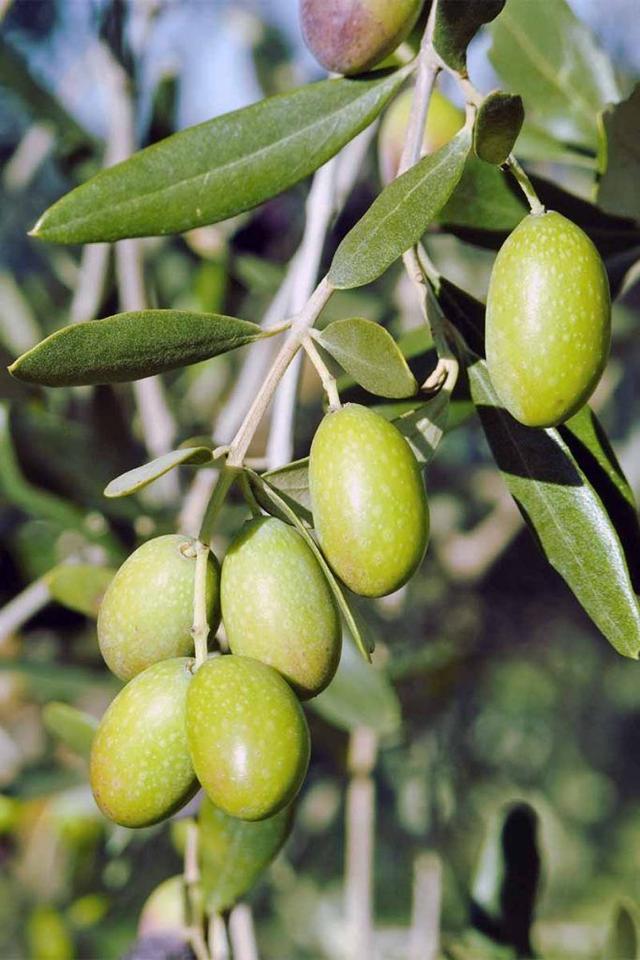
Ever cooked dumplings with onion leaves? Turns out, they might have soaked into the oil, lending their green hue. So, next time you see your oil glowing bright green, check the food ingredients—it might be a simple, natural infusion of color, not a chemical catastrophe.
Acidity and pH: The Silent Green Activators
Food acids can change the pH of olive oil, mixing with the already complex chemistry and aiding in that green transformation. Acidic environments, especially when combined with metals, speed up the reduction of free fatty acids, triggering the color shift.
Science of the Shade: Free Fatty Acids & Chlorophyll
Under normal conditions, free fatty acids give olive oil part of its familiar look. When these fatty acids reduce—say, by reacting with metals or heat—the oil’s golden-yellow disappears. This vanishing act allows chlorophyll, the green pigment, to show through boldly. That’s your olive oil’s green party crasher: chlorophyll.
But here’s a handy trick: you can check EVOO quality under dark light. Good extra virgin olive oil fluoresces red because it contains porphyrins. If your oil glows red, confidence in quality steps up.
Practical Wisdom: Should You Fry in EVOO?
Here’s a chef’s secret (and a nutritionist’s advice): EVOO is a no-go for frying. Why? Because it contains lots of dissolved plant matter that breaks down under high heat. The taste can turn bitter or just plain bad. Also, beneficial compounds vanish faster when heated this way.
Instead, use oils suited for frying, like sunflower or rapeseed. Peanut oil earns honorable mentions here—it’s better for deep-frying. Greek families might disagree, with some frying in EVOO as tradition, but it’s not widely recommended for deep-frying.
Remember, frying with EVOO is not just a culinary risk, it’s an economic one. EVOO tends to be pricey, and the high heat wastes your money by destroying the precious flavors and nutrients.
Real-Life Quirks: Olive Oil Stories from Around the World
One tale comes from a Frenchman explaining how fresh village olive oil stored in dark glass bottles turned bright green in his kitchen cupboard. No harm done, just chemistry playing tricks again. Reminded us a bit of Shrek’s sweat—that neon green humorously sums it up.
Another wry tip: If your bright green oil looks suspicious, maybe don’t cook a love letter with it. Use it to “cook something for someone you hate” and claim it’s apple-flavored—funny how color can play such pranks!
Summary Takeaways: Why Does Olive Oil Turn Green?
- Metal Reaction: Tin or copper react with free fatty acids, reducing them and revealing chlorophyll’s green color.
- Quality Issues: Adulterated or rancid oil can change color, especially when heated.
- Food Ingredients: Green leaves or onion can infuse the oil, causing green hues.
- Acidity: pH shifts encourage chemical changes promoting green color.
- Frying Warnings: EVOO breaks down under heat, turns bitter, loses nutrients, and is best avoided for frying.
Final Thoughts: Embrace or Fear the Green?
Seeing olive oil turn bright green isn’t usually a sign of danger. It’s science at work, sometimes telling you about metals in your cookware, sometimes warning about oil quality. But if you use EVOO to fry, you might be shortchanging flavor and nutrition.
Got a mysterious greenish olive oil? Don’t toss it immediately, but consider what’s causing it. If in doubt, test for rancidity or try a small taste (green and bitter? Time to retire that oil). Also, avoid frying with your precious extra virgin. Let it shine cold or in dressings.
Next time you watch that golden elixir glow green, think of the elements playing a silent symphony—tin, copper, acids, chlorophyll, and heat—showing that cooking chemistry is alive and well in your kitchen.
So, what’s your experience with olive oil’s green surprise? Ever had a pan turn water into neon? Share your stories or cooking tips below—cooking disasters and successes both welcome!
Why does olive oil turn bright green when cooked in certain pans?
Olive oil can turn bright green due to a reaction between free fatty acids and metals like tin or copper in the pan. Heat speeds up this reaction, reducing fatty acids and making chlorophyll the dominant visible color.
Can the type or quality of olive oil cause the green color?
Yes. Poor quality olive oil mixed with cheaper oils, or rancid oil, may change color when heated. Some adulterated oils include dyes or flavoring that react differently under heat.
Does food cooked in olive oil affect its color?
Ingredients like onion leaves can infuse oil with color compounds. This can sometimes turn the oil green when cooking, adding flavor and changing appearance.
Is extra virgin olive oil good for frying?
No. Extra virgin olive oil breaks down when heated to frying temperatures. It contains compounds that burn easily, changing taste and quality. Use oils with higher smoke points instead.
Can acidity or pH changes affect olive oil’s color?
Yes. Acidic conditions, possibly from food like dumplings, can alter the oil’s chemistry. This may trigger color shifts, making the olive oil appear bright green.


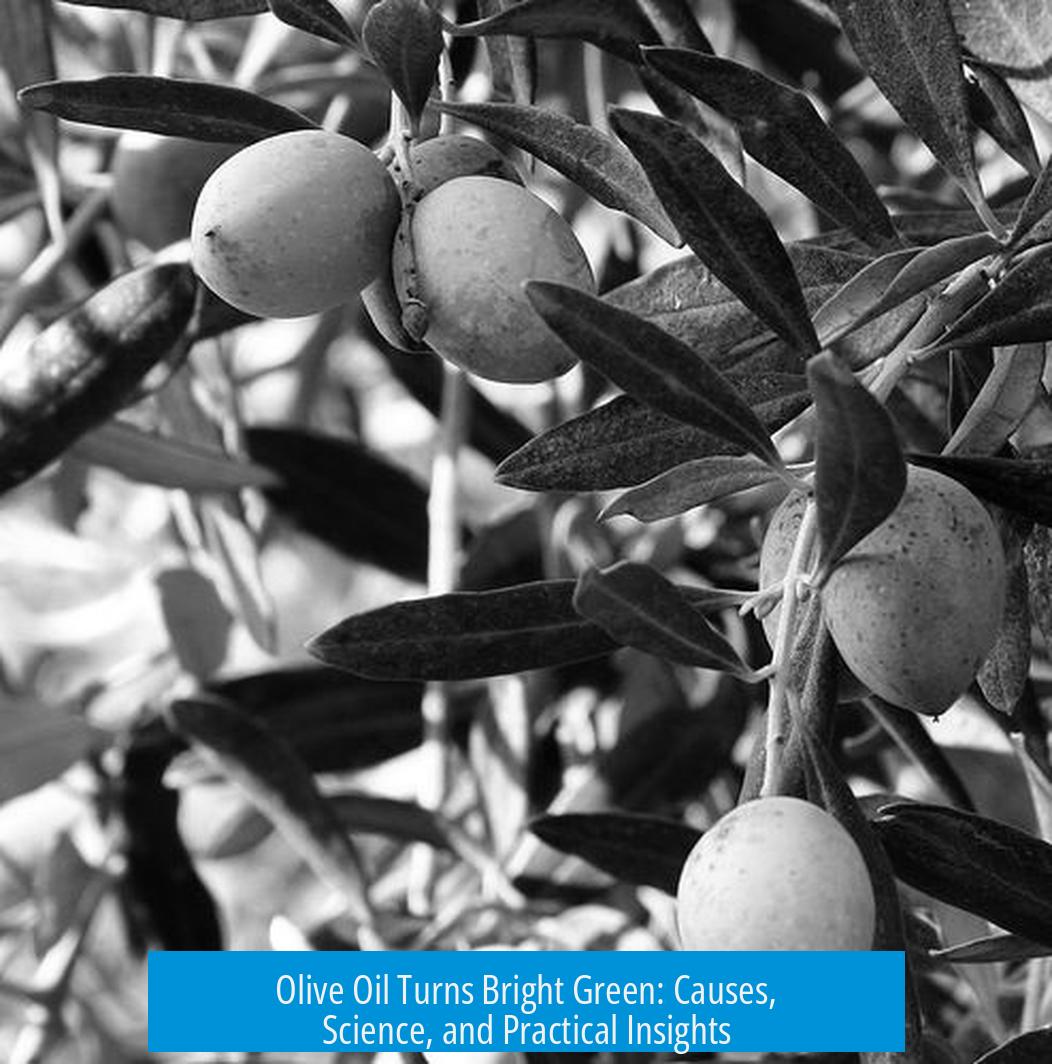


Leave a Comment